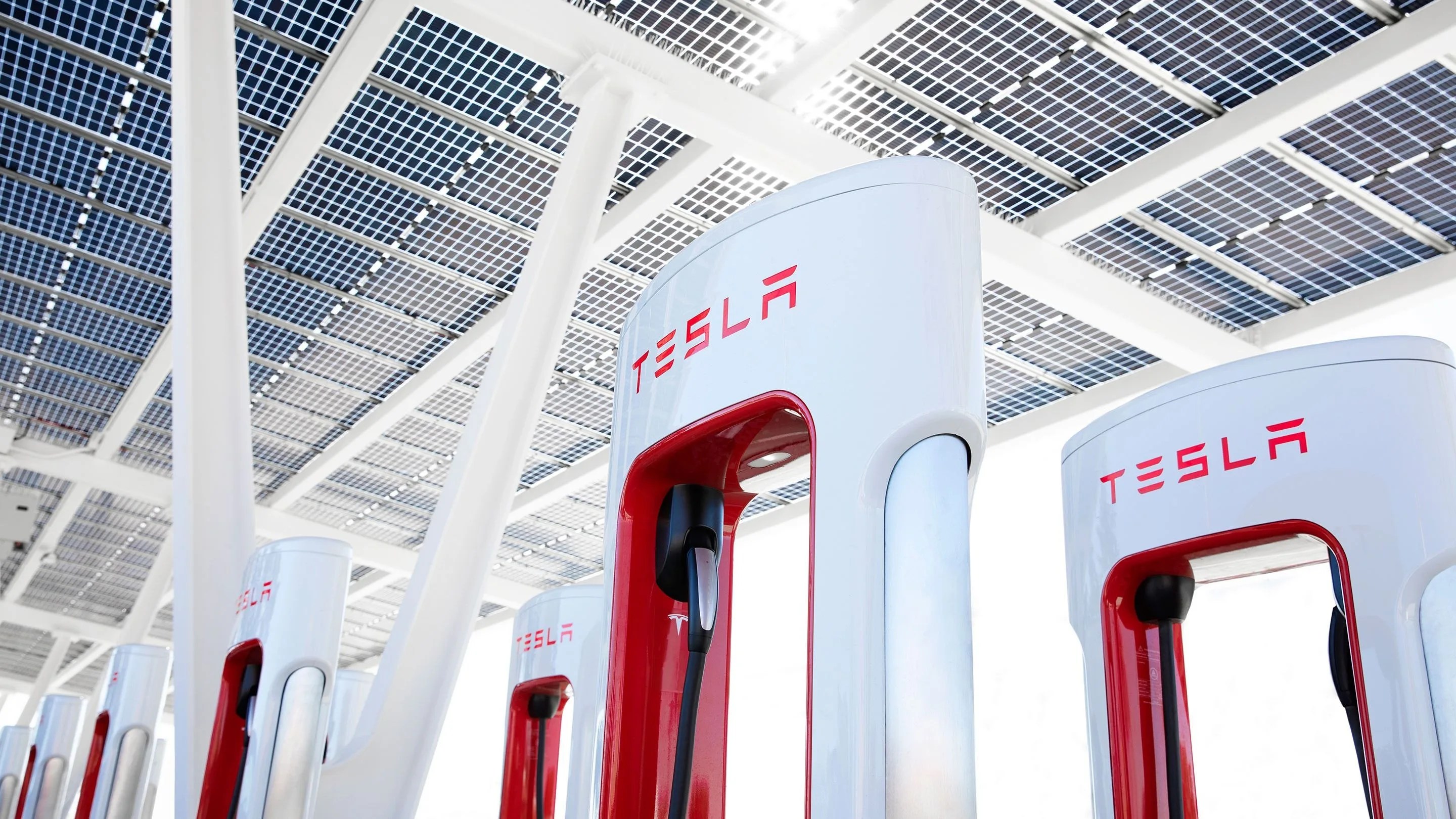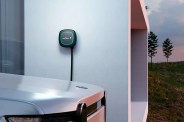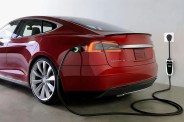EV charging has been a divided landscape, with Tesla using its proprietary chargers and basically all other manufacturers adhering to the Combined Charging System (CCS) plug. But that could all be about to change. American manufacturers Ford, GM and Rivian have announced they will transition to Tesla’s charging plug. Other manufacturers may follow.
Here’s everything you need to know about Ford, GM and Rivian converting to Tesla’s charging standard.
Here is the current state of play with EV chargers
Currently, Tesla uses its proprietary plug, a bit presumptuously called the North American Charging Standard (NACS). Most other manufacturers use the Combined Charging System (CCS), the standard in Europe. A third type of plug, CHAdeMO, is only used by a couple of new vehicles — notably the Nissan Leaf — and will soon be phased out. CCS is at more locations than Tesla’s NACS. But NACS is more charging stalls.
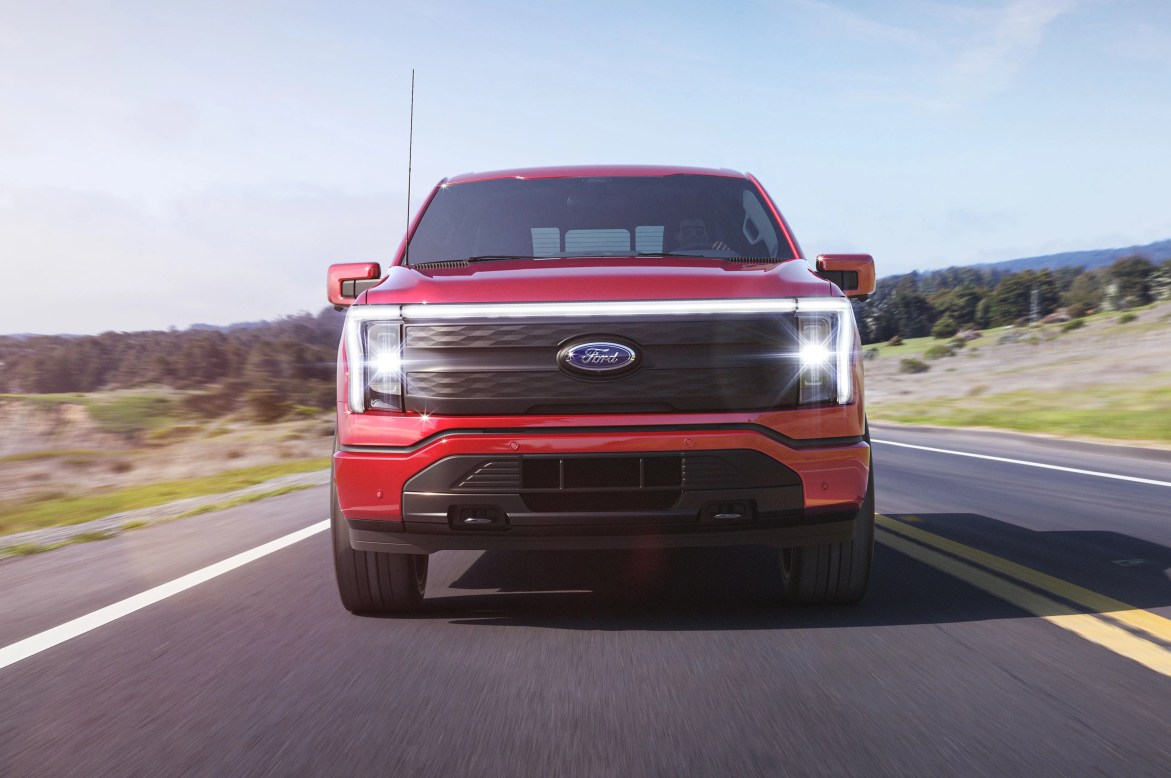 Ford
FordThat EV charging paradigm will shift
Ford, GM and Rivian have said they will transition from CCS to NACS in 2025. This is a bit of a surprise. Tesla has already switched to CCS in Europe. And many may have presumed Tesla would eventually join other automakers making that Tesla’sin the United States as well.
Why did Ford, GM and Rivian switch to Tesla’s charging plug?
The Supercharger network has been perhaps Tesla’s most significant competitive advantage. There are more CCS locations. But Tesla’s network has better strategic locations, more stalls, and more stalls that work. Those companies get access to Tesla’s charging network without waiting for Superchargers to be retrofitted with CCS adapters. Tesla gets more money.
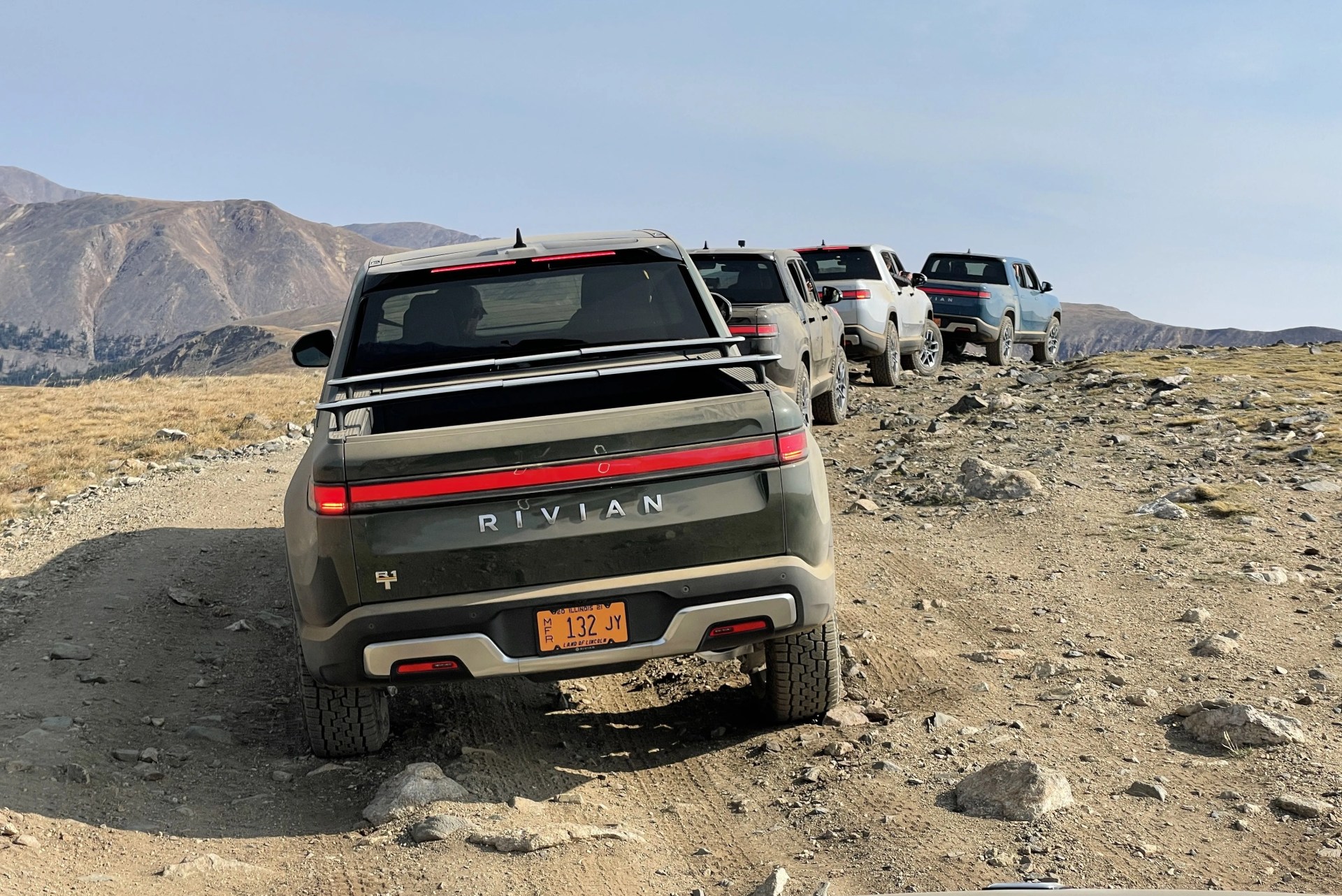 Will Sabel Courtney
Will Sabel Courtney